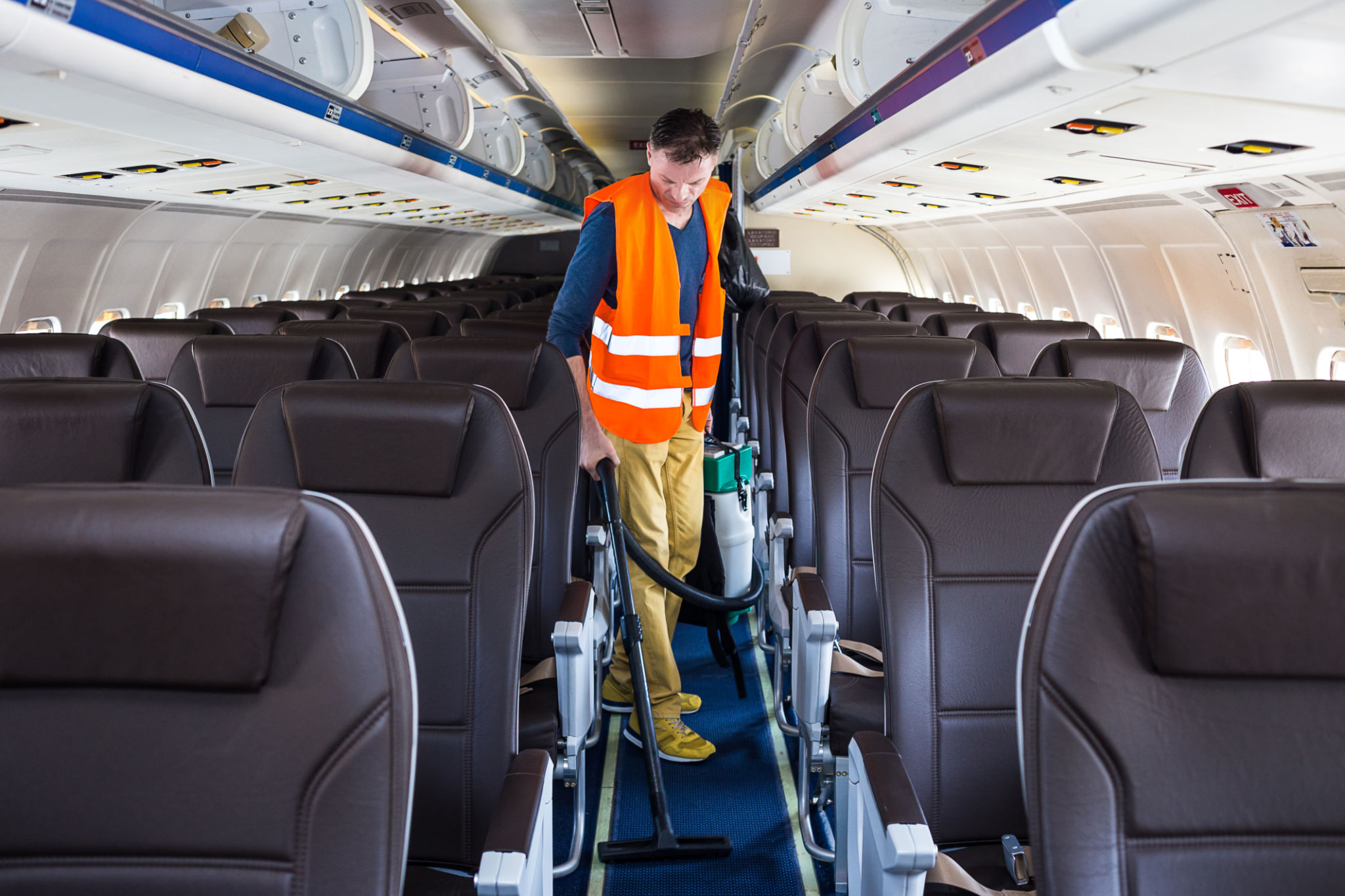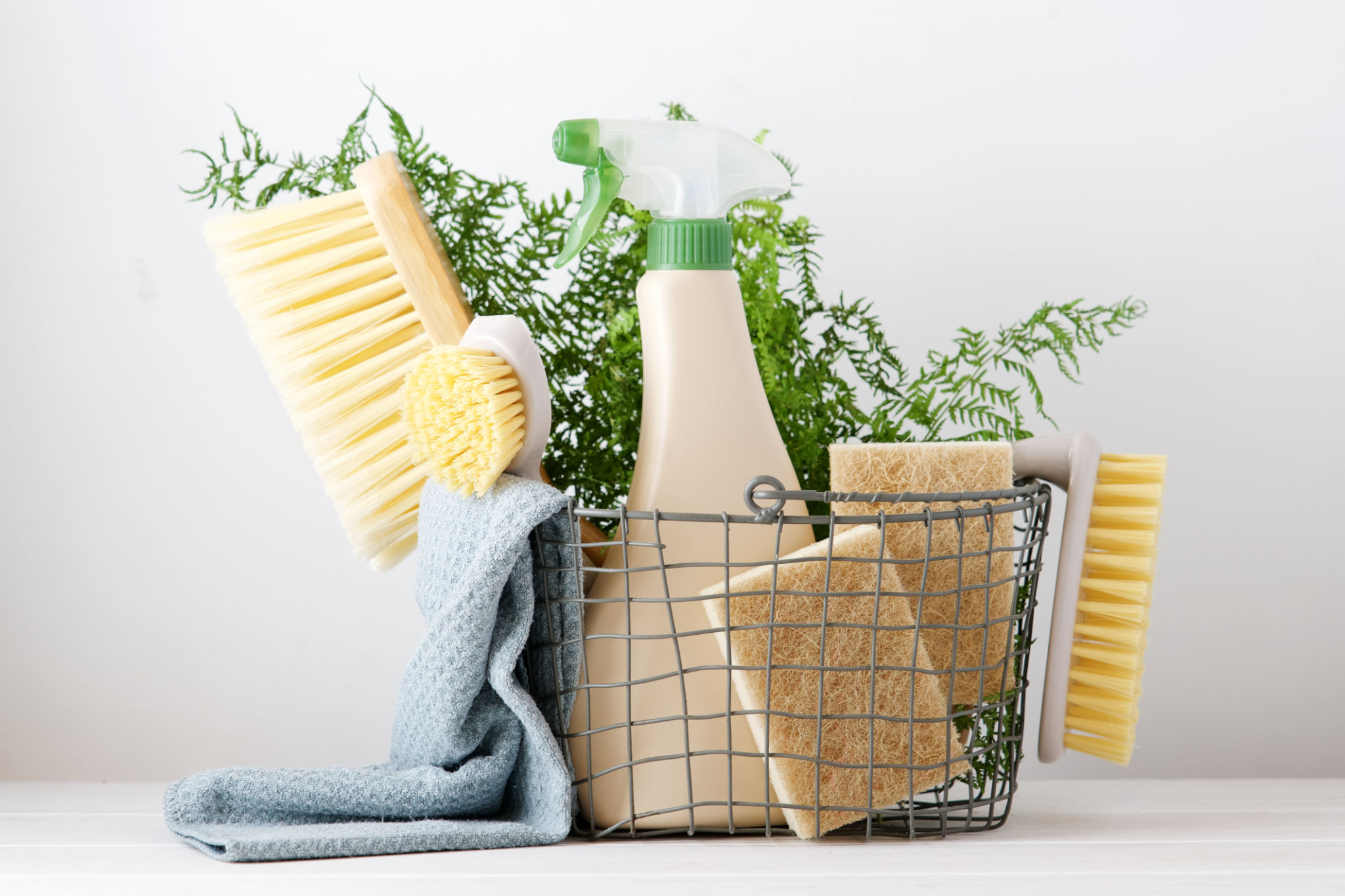The Ultimate Guide to Private Plane Cleaning: Everything You Need to Know
Maintaining the pristine condition of a private plane is essential not only for aesthetic reasons but also for ensuring safety and longevity. Cleaning a private aircraft involves more than just a quick wipe-down. It's a meticulous process that requires attention to detail, specialized knowledge, and the right products.
Understanding the Importance of Private Plane Cleaning
Private planes are significant investments, and keeping them clean is crucial for preserving their value. Regular cleaning helps in identifying potential issues like corrosion or wear and tear, ensuring the aircraft remains in top condition. Moreover, a clean plane offers a better experience for passengers, reflecting professionalism and care.
Beyond aesthetics, cleanliness impacts safety. Dirt and debris can interfere with instruments and controls, while contaminants can damage delicate surfaces. Thus, routine cleaning is not just recommended but essential.

Essential Cleaning Supplies and Tools
To effectively clean a private plane, you'll need a variety of supplies and tools. Here are some essentials:
- Microfiber cloths: These are ideal for delicate surfaces as they prevent scratches.
- Specialized aviation cleaners: These products are designed to clean without damaging sensitive materials.
- Vacuum with attachments: A portable vacuum with various attachments can help reach tight spaces.
- Protective gear: Gloves and masks are important for personal safety when using chemicals.
Having the right tools ensures that the cleaning process is efficient and thorough, preventing potential damage to your aircraft.
The Cleaning Process: Step-by-Step
Cleaning a private plane involves several steps. Here's a general guide:
- Exterior cleaning: Start by washing the exterior with aviation-approved soap and water. Use soft brushes to avoid scratching.
- Interior cleaning: Vacuum seats, carpets, and other fabric surfaces. Wipe down all hard surfaces with a microfiber cloth and appropriate cleaner.
- Cockpit detailing: Pay special attention to the cockpit, ensuring instruments and controls are free of dust and debris.
- Polishing: Use specialized polish for metal surfaces to maintain shine and protect against corrosion.

Dealing with Special Materials
Private planes often feature luxurious materials such as leather, wood veneers, and high-tech composites. Each of these requires specific care:
Leather seats: Use a gentle leather cleaner and conditioner to maintain suppleness and prevent cracking.
Wood surfaces: Polish wood with products that enhance its natural luster without leaving residues.
Sustainability in Aircraft Cleaning
With growing awareness about environmental impact, sustainable cleaning practices are becoming increasingly important. Consider using eco-friendly cleaning products that are biodegradable and free from harsh chemicals. This not only helps in protecting the environment but also ensures the safety of passengers who might be sensitive to strong chemicals.

Choosing Professional Cleaning Services
If maintaining your plane's cleanliness feels overwhelming or time-consuming, consider hiring professional cleaning services specialized in aircraft maintenance. These experts have the knowledge, experience, and equipment to ensure your plane is impeccably clean without any hassle on your part.
Professional services can also provide detailed inspections during cleaning, helping you catch any potential issues early. This can save time and money in the long run by preventing costly repairs or replacements.
Conclusion: Keeping Your Private Plane Pristine
A private plane is more than just a mode of transportation; it's a statement of luxury and precision. Keeping it clean is crucial for maintaining its value, ensuring safety, and providing an excellent experience for all passengers. Whether you choose to do it yourself or hire professionals, regular cleaning should be an integral part of your aircraft maintenance routine.
